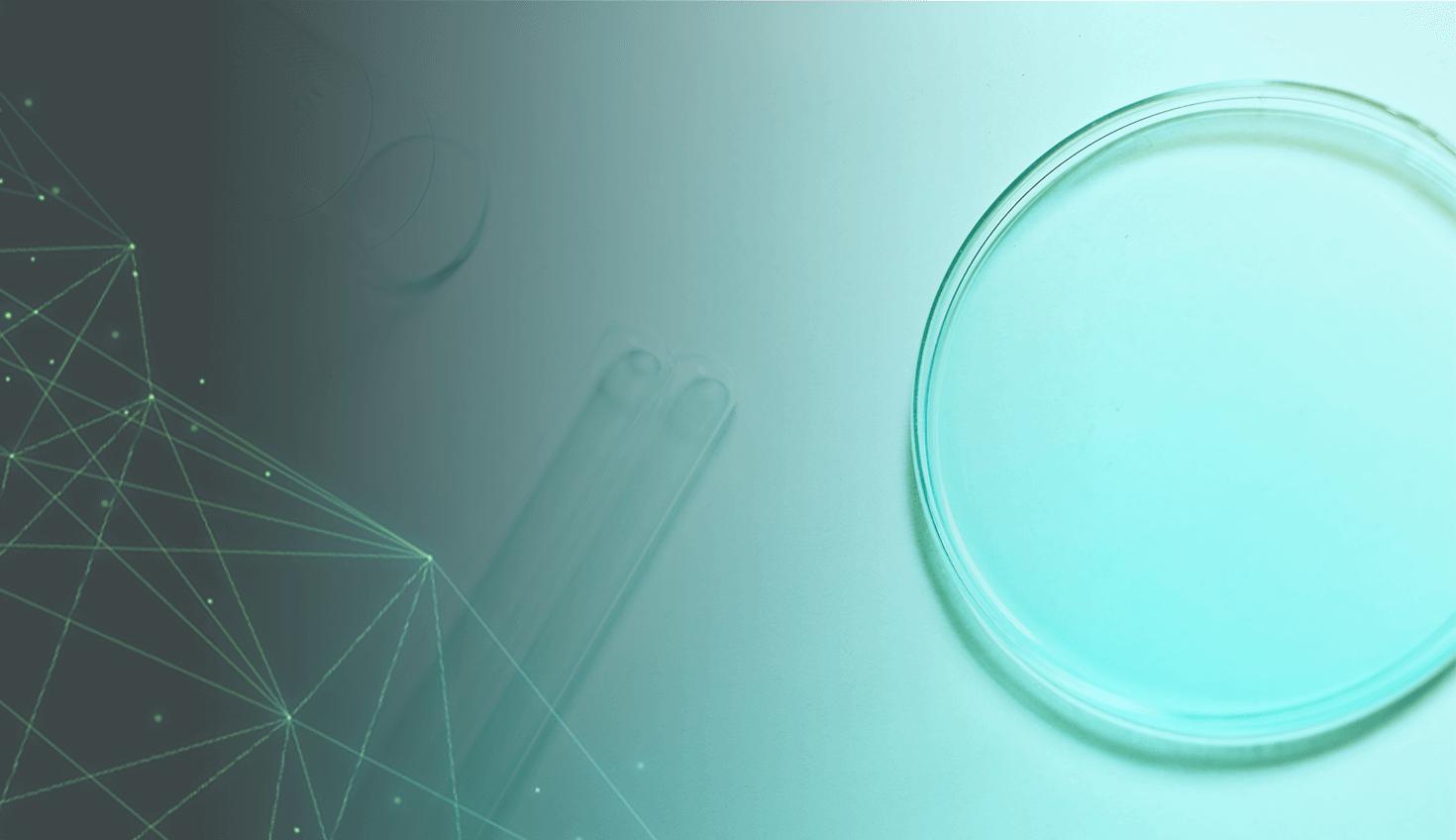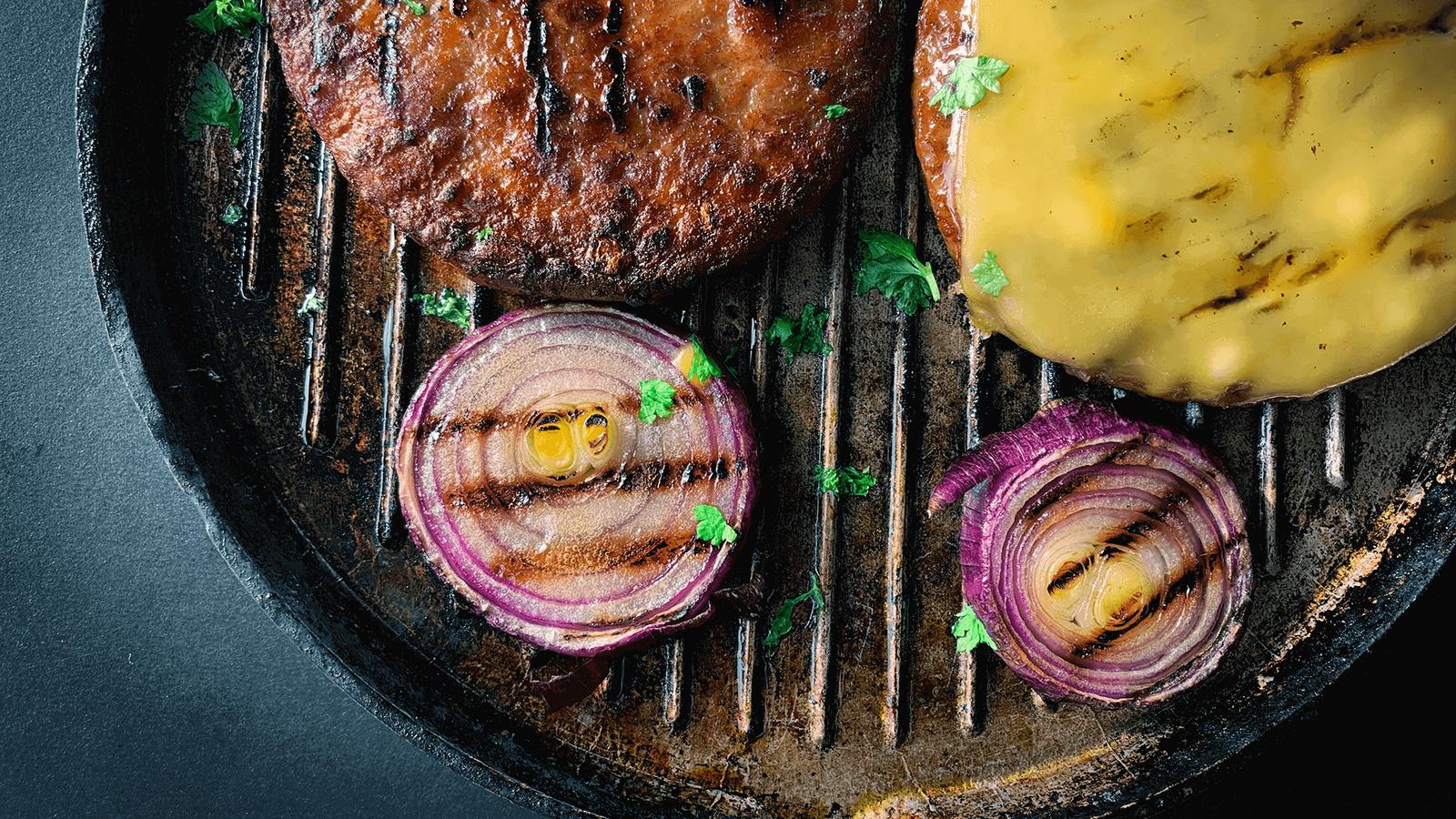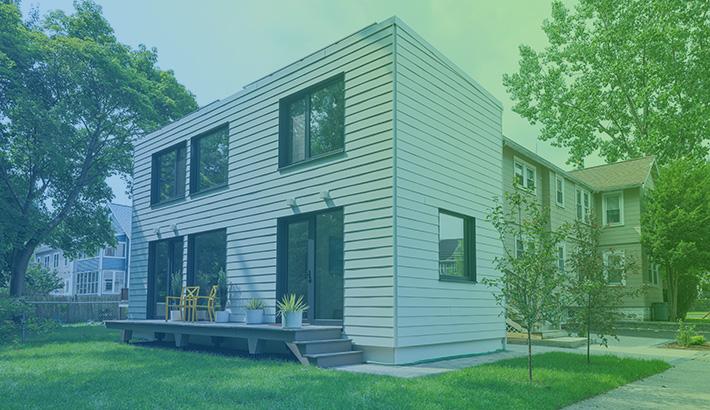
3:50
“We shall escape the absurdity of growing a whole chicken in order to eat the breast or wing, by growing these parts separately under a suitable medium.” – Winston Churchhill (1931): Strand Magazine, “Fifty Years Hence."
In December 2020, Singapore's restaurant 1880 became the first eatery in the world to serve patrons lab-grown food. Waiters doled out GOOD Meat cultured chicken on china plates to 40 teenagers. Samples included bao buns with spring onions; phyllo puff pastry with black bean puree; and a crispy maple waffle with spices and hot sauce all for $23.
As Josh Tetrick, co-founder and CEO of Eat Just, the company that prepared the chicken, said, “We’re thrilled to partner with 1880 to launch a product that will someday be served on the dinner tables of families living in the suburbs of Birmingham, Alabama, to the skyscrapers of Shanghai.”
Lab-based products run the spectrum from fish to crustaceans, dairy proteins and human milk. These food products can be sophisticated, too. Imagine Wagyu beef, bison, Italian sausages, lamb and salmon sashimi. All coming to your dinner plate.
Twenty-nine companies across the United States, Singapore and Israel are rolling out their own lab-grown food through bioprinting technologies like computer-aided design (CAD). This may come as a surprise as many don’t know CAD’s role in everyday items – let alone in what we eat.
The Process: From Lab to Table
CAD is critical to the process since it works as the 3D modeling basis for the texture, appearance, and taste of the final food.
The process begins with laboratory workers harvesting muscle cells from living animals and cultivating them in 1,200-liter bioreactors before bathing them in Petri dishes filled with amino acids and carbohydrates. There, the cells expand to billions if not trillions of cells over a process of two to eight weeks, depending on which food is cultivated.
Once the cells have reached their maturity, scientists use technologies, like CAD software, to shape the muscle tissue into scaffolding that is injected with Bioink, the material that’s used for 3D printing, and shaped into the look-alikes of food such as sausage, pork or salmon sashimi.
CAD: A Multi-Use Food Tool
Incidentally, you could use CAD technology to create and design how you would like innovative food to look, along with using CAD as desktop publishing software to design your food packaging. You could also use CAD as a nutritional analysis software to calculate the nutrients of those same food products.
Some bakeries use industrial CAD software to model the functional properties, shelf-life, physical appearance and nutritional properties of complex cakes and baked goods, which they design on-screen. This same CAD software is also used by ice-cream factories to assess the nutritional value, the ratio of ingredients and costs of their productions.
With lab-grown food, CAD is used to make these products last longer as well as become more economical and nutritious. Technicians use CAD to make these products look, taste, smell and feel more like the “real thing.”

The Future of Lab-Grown Food
As lab-grown products inch closer to supermarket shelves, lab-grown meat companies grapple with product characteristics, production costs and regulation.
First, the product looks like meat (or fish, etc.) but certainly doesn't taste or feel like the original item, so technicians and chefs are continually working to perfect its texture and taste.
Second, cultured food companies need to scale their productions and reduce some of their highest input costs to drive down prices.
“The end product, cultured meat, is still fairly expensive as production costs are high, but once the cost of production can be decreased, I believe that we will see this industry grow rapidly in the near future,” said Patrick Morris, CEO of Eat Beyond, the company that invested in East Just’s 1880 launch.
Third, the FDA and USDA are in the process of regulating the safety of this innovative food.
Supporters push lab-grown food for the following reasons:
- Its cultured meat/fowl contains less unhealthy saturated fat.
- The technology prevents animal slaughter and cruelty to animals.
- Lab-grown food is kinder to the planet since its process requires less land and water, and creates little to no pollution.
- The “food '' is grown in a sterile lab, protecting us from bacteria-driven toxins like Salmonella and Listeria.
At the same time, the industry has received billions in venture-funded backing from auspicious organizations that include the National Science Foundation.
So, will lab-grown food survive?
As we crawl into the mid-2000s, it seems this novel food technology will change the food industry forever – all with the help of CAD and 3D printing, of course.
Try Onshape Today
Head to our sign-up page to choose the right CAD plan for you and your team.
Latest Content

- Case Study
- Industrial Equipment & Machine Design
Reframe Systems: Transforming Homebuilding with Digital Automation and Cloud-Native Onshape
09.25.2025 learn more
- Blog
- Evaluating Onshape
Cloud-Native CAD 2025 Wins: Revenue Growth, Real-Time Collaboration, Unified CAD-CAM
12.17.2025 learn more
- Blog
- Becoming an Expert
- Assemblies
- Simulation
Mastering Kinematics: A Deeper Dive into Onshape Assemblies, Mates, and Simulation
12.11.2025 learn more
- Blog
- Evaluating Onshape
- Learning Center
AI in CAD: How Onshape Makes Intelligence Part of Your Daily Workflow
12.10.2025 learn more


